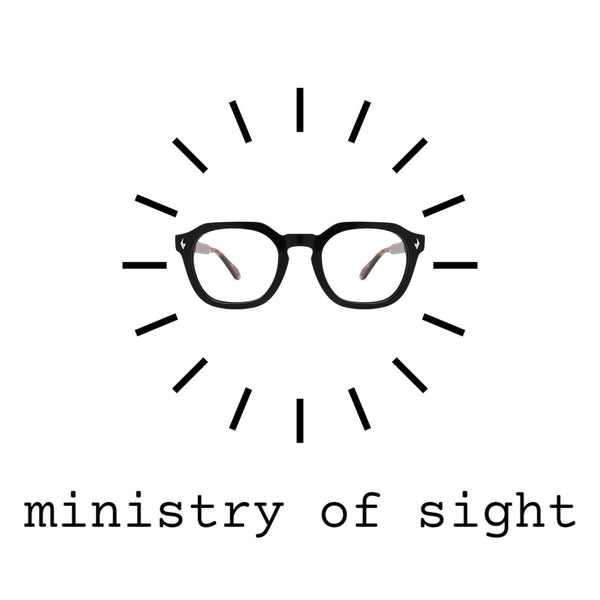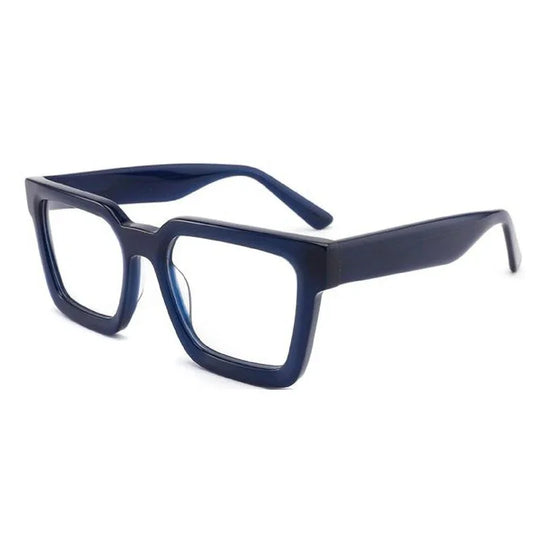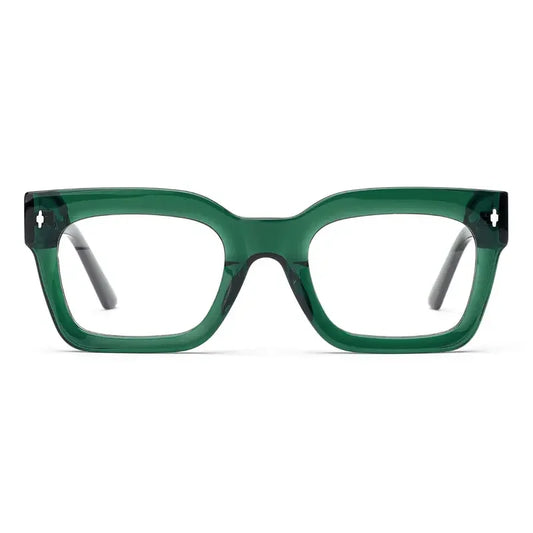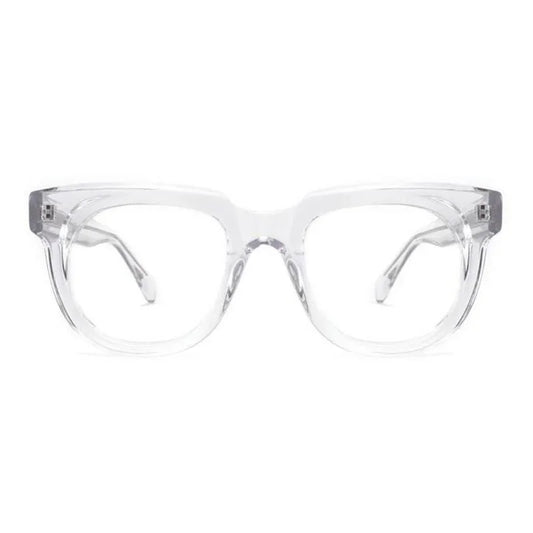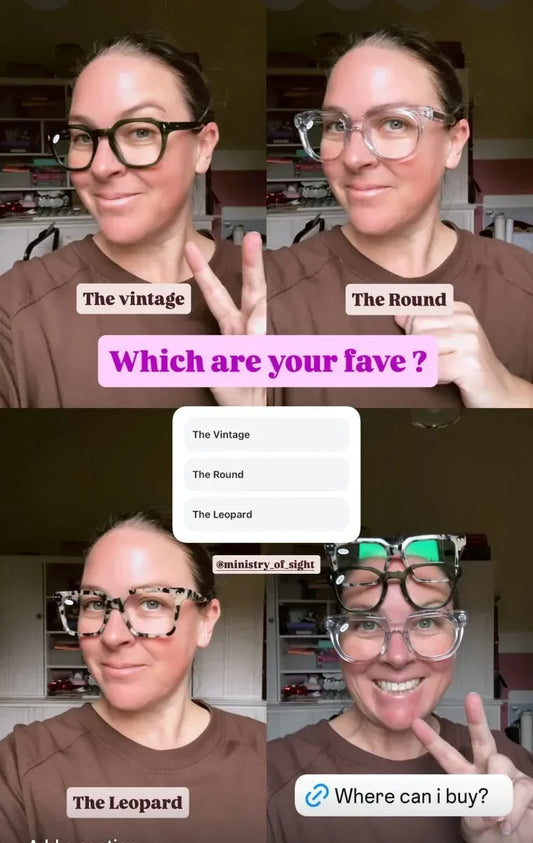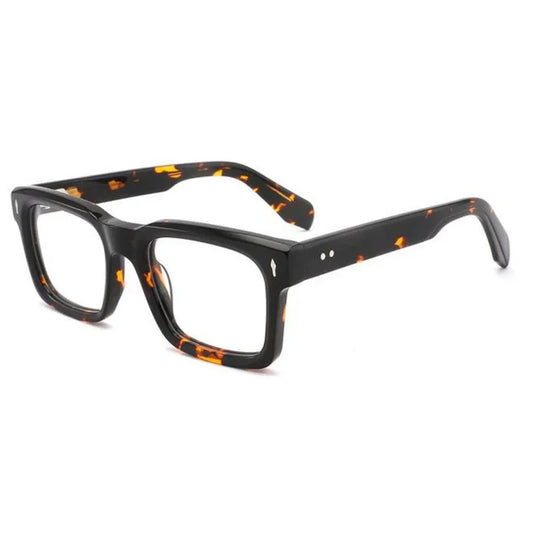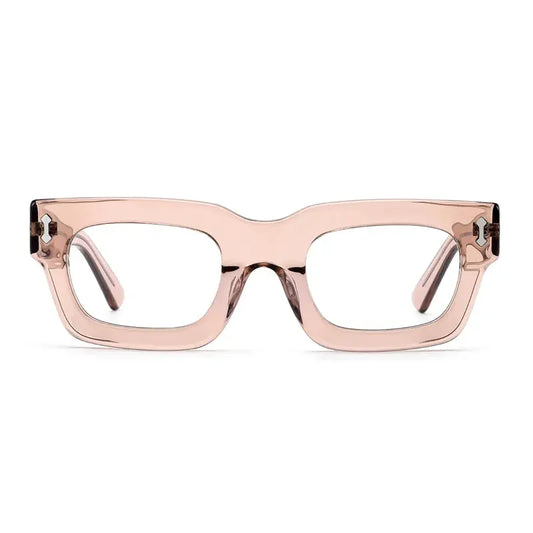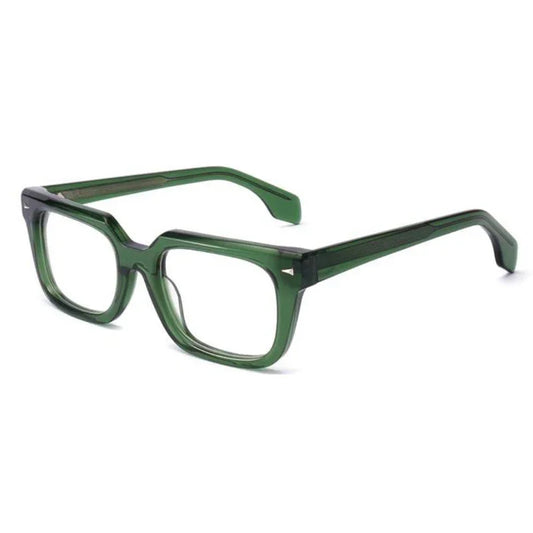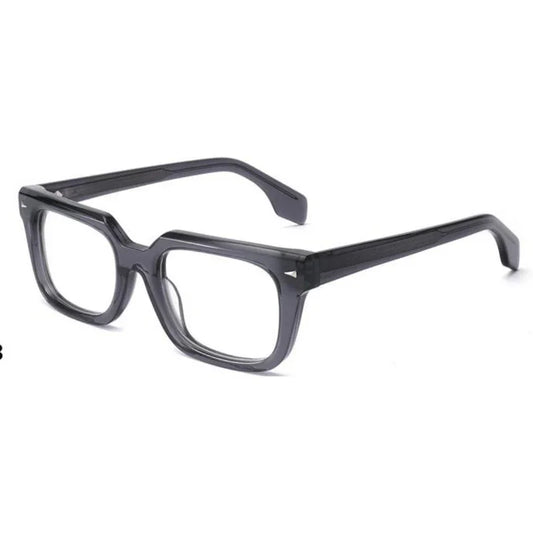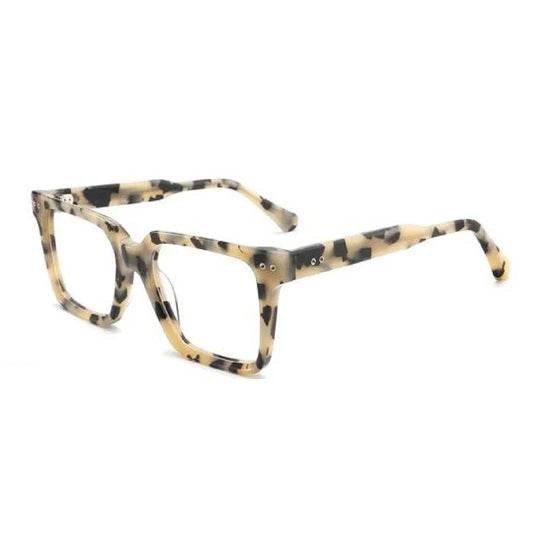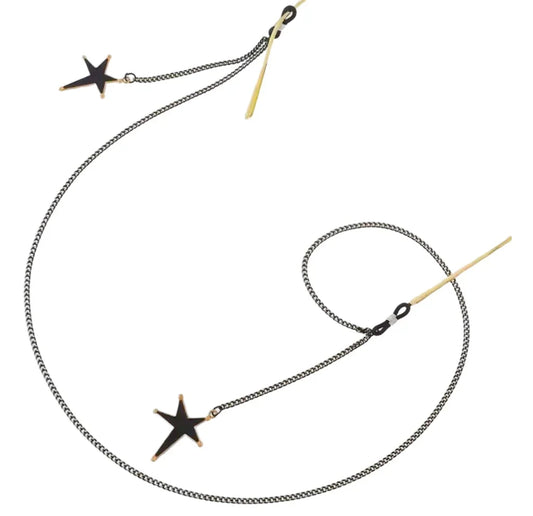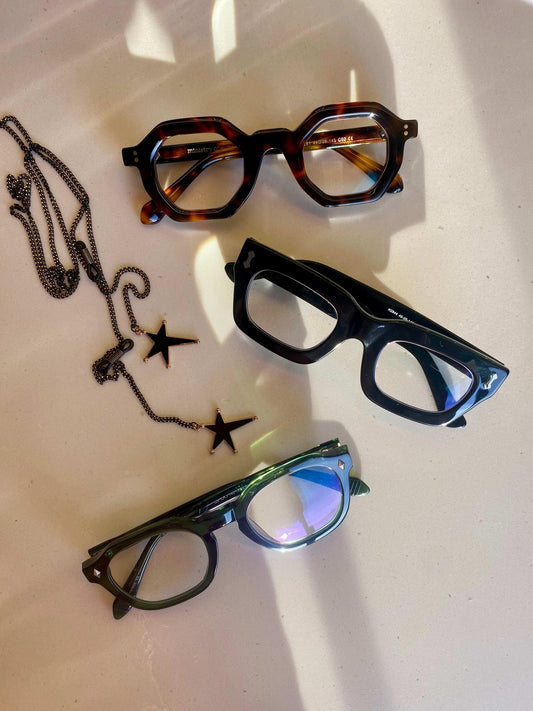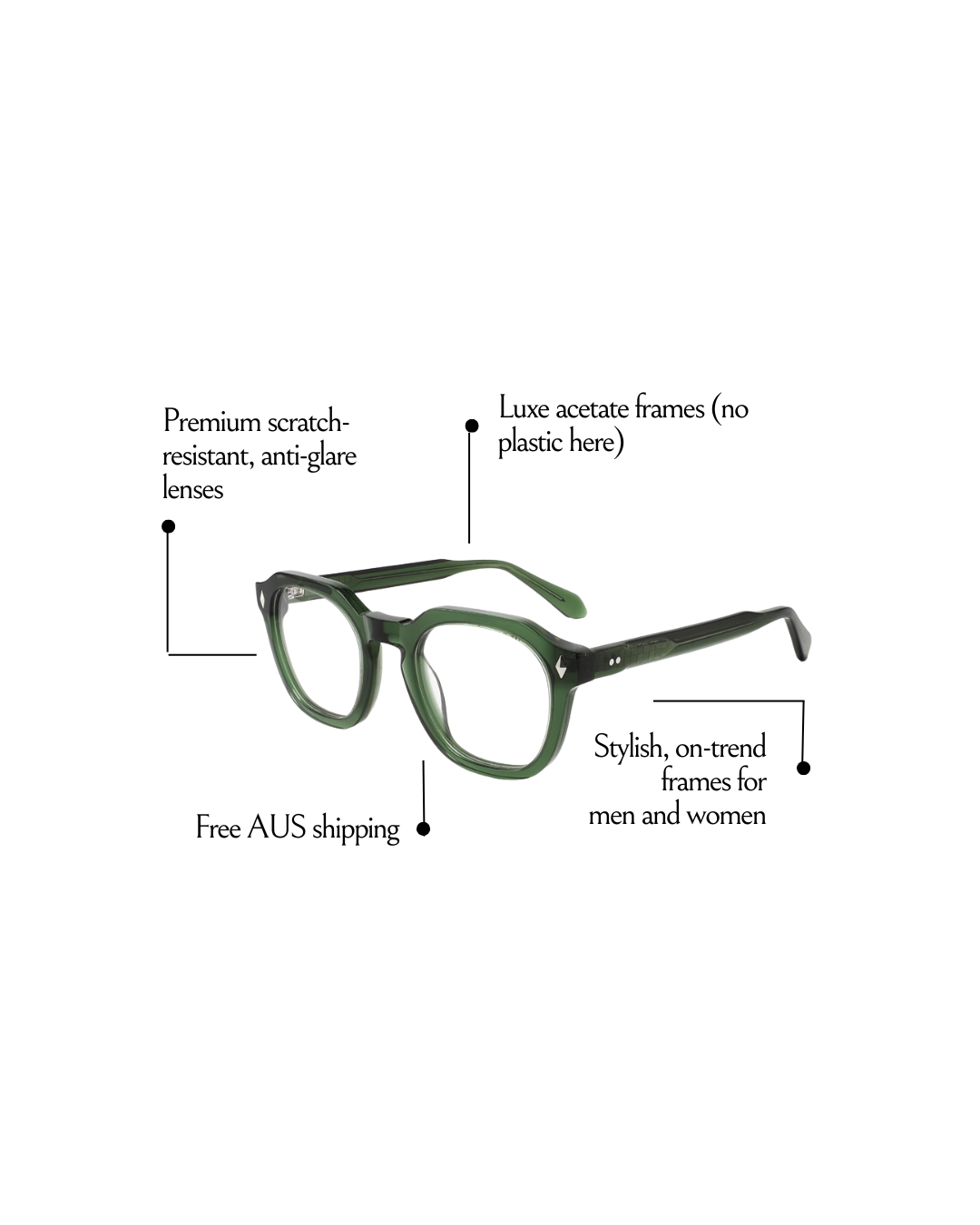
How Reading Glasses Improve Reading: Complete Guide
Did you know that over one billion people worldwide rely on reading glasses to comfortably see up close? As age affects our eyes’ ability to focus, simple daily tasks like reading a book or checking your phone can suddenly become challenging. Understanding how reading glasses work can make a big difference in restoring clear vision, reducing eye strain, and helping you enjoy your favorite activities with ease.
Key Takeaways
| Point | Details |
|---|---|
| Function of Reading Glasses | Designed to assist individuals with presbyopia by using convex lenses to magnify nearby text. |
| Types of Reading Glasses | Common styles include full-frame, half-frame, bifocals, and progressive lenses, each serving different vision needs. |
| Benefits for Users | Provide immediate relief from eye strain, enhance reading comfort, and support cognitive engagement and productivity. |
| Choosing the Right Pair | It’s essential to consider magnification strength, frame comfort, and lens features to select the most suitable reading glasses. |
Table of Contents
- What Are Reading Glasses And How They Work
- Types Of Reading Glasses And Key Differences
- Benefits Of Reading Glasses For Vision Clarity
- Choosing The Right Reading Glasses For You
- Common Mistakes And Care Tips
What Are Reading Glasses and How They Work
Reading glasses are specialized eyewear designed to help people experiencing presbyopia, a natural age-related vision change that makes focusing on close-up text and objects more challenging. These practical optical tools compensate for the eye’s declining ability to adjust focus, providing crystal-clear vision for reading, working on computers, and performing detailed tasks.
At their core, reading glasses work through convex lenses which help magnify nearby text and objects. The lens strength, measured in diopters, typically ranges from +0.75 to +4.00, allowing individuals to select precisely the right magnification for their vision needs. Unlike prescription glasses, reading glasses can be purchased over the counter, making them an accessible solution for managing age-related vision changes.
How do reading glasses actually function? They essentially act as external focusing mechanisms. When your eye’s natural lens becomes less flexible with age, reading glasses step in to do the focusing work. By bending light rays differently, these lenses help your eyes converge images more easily, reducing eye strain and allowing you to read comfortably for longer periods. For those experiencing difficulty reading small print or experiencing eye fatigue, understanding types of reading glasses can provide valuable insights into finding the perfect pair.
Key characteristics of reading glasses include:
- Lightweight and comfortable design
- Available in various strengths
- No prescription required
- Can be used for close-up tasks like reading, sewing, or smartphone use
- Affordable alternative to prescription reading correction
Types of Reading Glasses and Key Differences
Reading glasses come in multiple styles and designs, catering to different vision needs and personal preferences. The most common types include full-frame, half-frame, and specialized reading glasses, each offering unique benefits for people experiencing age-related vision changes.
Full-frame reading glasses provide complete lens coverage and are ideal for those who require consistent near vision correction. Half-frame or semi-rimless models offer more versatility, allowing wearers to look over the top of the lens for distance vision. For tech-savvy individuals, understanding lens types for reading glasses can help select the most appropriate option for digital work and close-up tasks.
Beyond frame styles, reading glasses also differ in their optical design. Single-vision lenses are the most basic, providing uniform magnification across the entire lens. More advanced options include bifocals, which feature two distinct lens segments for near and far vision, and progressive lenses that offer a gradual focus gradient. Computer-specific reading glasses have emerged as a specialized solution, designed to reduce digital eye strain by filtering blue light and providing optimal intermediate-distance focusing.
Key variations in reading glasses include:
Here’s a comparison of the main types of reading glasses and their ideal uses:
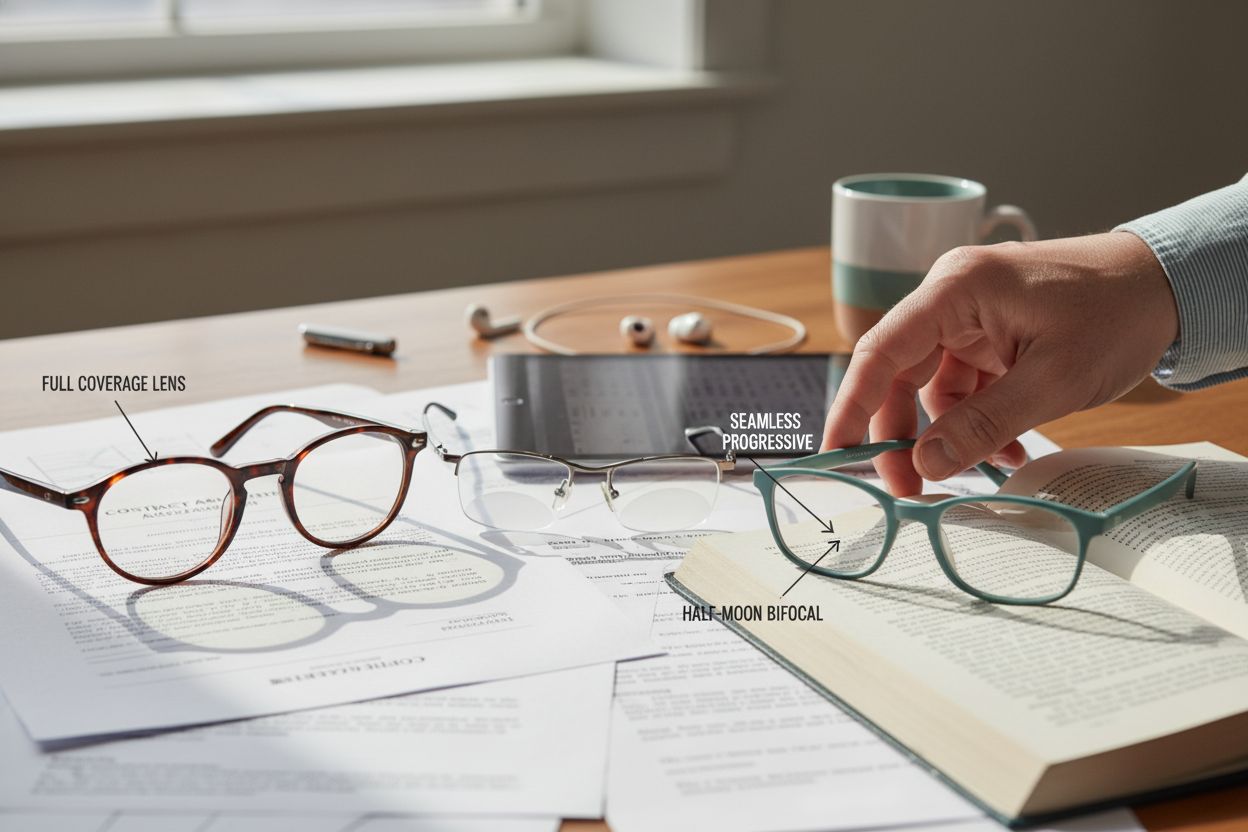
| Type of Reading Glasses | Key Features | Best For |
|---|---|---|
| Full-frame | Complete lens coverage Uniform magnification |
Consistent near vision tasks Book reading |
| Half-frame | Partial lens coverage Look over for distance |
Alternating between near & far vision |
| Bifocal | Two lens segments Near & distance focus |
Readers needing dual correction |
| Progressive | Gradual focus transition Seamless lens zones |
Smooth focus at multiple distances |
| Computer-specific | Blue light filter Intermediate focus |
Digital device use Reducing eye strain |
| Folding/Portable | Compact design Easy to carry |
Travellers On-the-go reading |
- Single-vision lenses for uniform near-vision correction
- Bifocal lenses with two distinct vision zones
- Progressive lenses with gradual focus transition
- Computer-specific readers with blue light protection
- Portable and folding designs for convenience
- Different magnification strengths ranging from +0.75 to +4.00 diopters
Benefits of Reading Glasses for Vision Clarity
Reading glasses are more than just a visual aid; they’re a gateway to improved quality of life and cognitive function. By addressing presbyopia, these specialized lenses restore near vision clarity, enabling individuals to continue enjoying reading, working, and engaging in detailed tasks without strain or frustration.
The immediate benefits of reading glasses extend far beyond simple vision correction. They significantly reduce eye fatigue and headaches associated with struggling to focus on close-up text. Research has demonstrated remarkable impacts, with one study revealing that providing reading glasses to individuals in Bangladesh increased median monthly earnings by approximately 33%, highlighting the profound connection between vision clarity and personal productivity. Understanding the role of reading glasses for adults can provide deeper insights into their transformative potential.
Beyond professional benefits, reading glasses play a crucial role in maintaining cognitive engagement and emotional well-being. By making reading comfortable and accessible, they help prevent the social isolation and mental decline often associated with vision challenges. Seniors and professionals alike can maintain their intellectual curiosity, continue learning, and stay connected with written communication, thereby supporting long-term mental sharpness and emotional resilience.
Key benefits of reading glasses include:
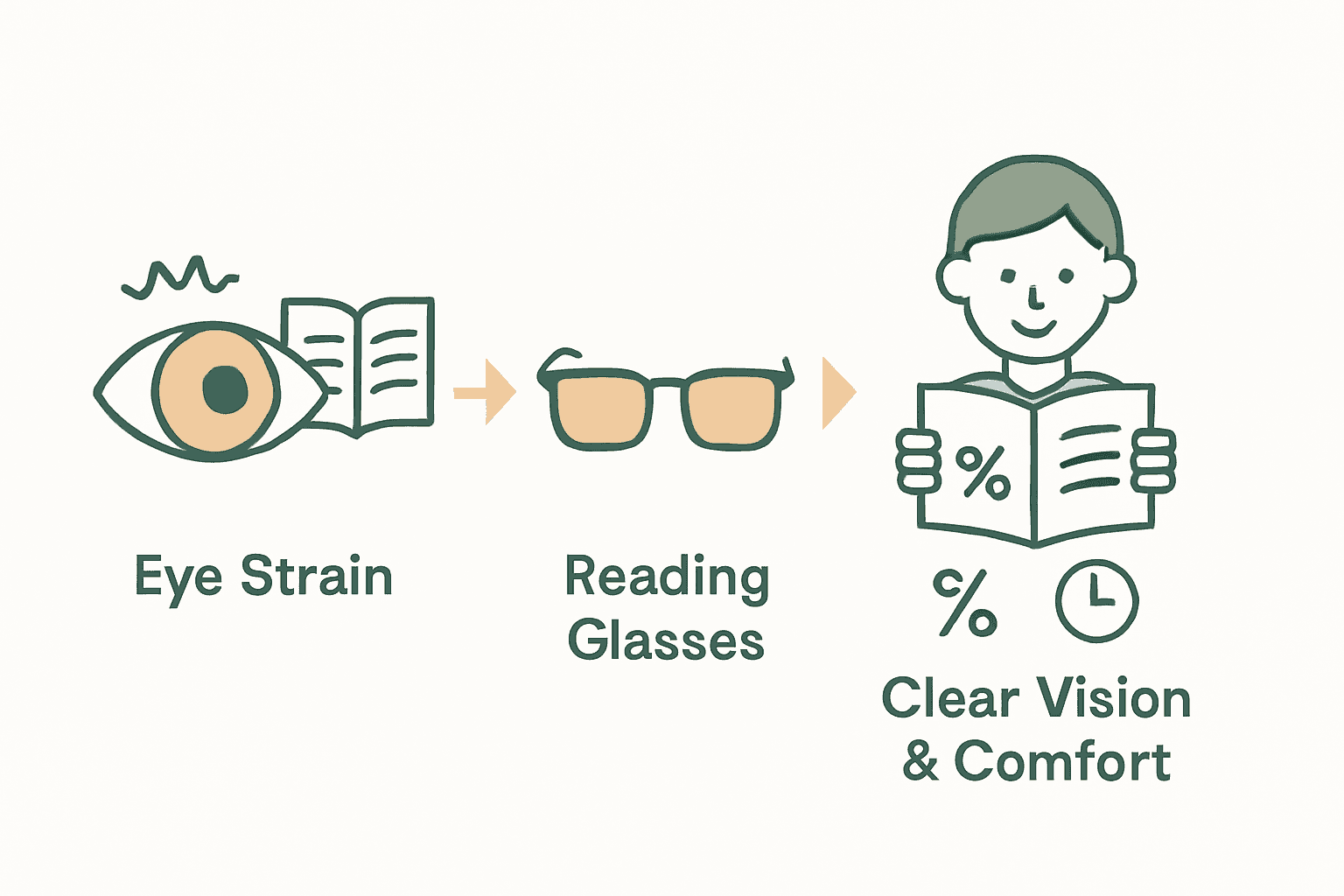
- Immediate reduction in eye strain
- Improved reading comfort and speed
- Enhanced close-up task performance
- Prevention of headaches and visual fatigue
- Maintained cognitive engagement
- Support for continued learning and productivity
Choosing the Right Reading Glasses for You
Reading glasses are not a one-size-fits-all solution, and selecting the perfect pair requires careful consideration of your unique vision needs and lifestyle. The journey to finding ideal reading glasses involves understanding your specific vision requirements, personal comfort preferences, and the various optical features available in modern eyewear.
Magnification strength is the most critical factor in choosing reading glasses. Most people need strengths ranging from +1.00 to +3.50 diopters, which corresponds to different reading distances and tasks. Understanding the complete reading glasses checklist can help you navigate the selection process more confidently. Consider factors like the typical distance of your reading material, whether you’re reading books, using digital devices, or performing close-up tasks like sewing or crafting.
Beyond magnification, frame style and lens features play crucial roles in comfort and functionality. Look for lightweight frames that suit your face shape, and consider additional lens coatings like anti-reflective treatments, blue light filters, and scratch-resistant options. These features can enhance visual comfort, reduce eye strain, and protect your lenses from daily wear and tear. Some readers might prefer full-frame designs for stability, while others might opt for half-frame or rimless styles for a more lightweight and versatile approach.
Key considerations when choosing reading glasses include:
- Accurate magnification strength
- Comfortable frame fit
- Lens coating options
- Frame style matching personal aesthetic
- Compatibility with daily tasks
- Budget and long-term value
Common Mistakes and Care Tips
Reading glasses are valuable tools for maintaining vision clarity, but many people unknowingly compromise their effectiveness through simple yet critical mistakes. Proper care and maintenance are essential to ensure your glasses remain in optimal condition and continue providing the visual support you need.
One of the most frequent errors is improper lens cleaning and handling. Many individuals instinctively clean their glasses with clothing, paper towels, or household tissues, which can scratch and damage delicate lens surfaces. Instead, understanding the reading glasses fit guide recommends using dedicated microfiber cloths and specialized lens cleaning solutions. Always handle your glasses with both hands, avoiding single-handed gripping that can twist or misalign the frames, and store them in a protective case when not in use.
Another common pitfall is neglecting regular vision check-ups and continuing to use outdated prescriptions. Your vision changes over time, and what worked perfectly a year ago might no longer provide optimal correction. Multifocal or progressive lens wearers should be particularly careful about looking through the correct lens segment for different tasks. Additionally, exposure to extreme temperatures, leaving glasses in direct sunlight, or storing them in humid environments can degrade lens coatings and frame materials.
Key mistakes to avoid with reading glasses:
- Cleaning lenses with inappropriate materials
- Handling glasses carelessly
- Ignoring prescription updates
- Storing glasses improperly
- Exposing glasses to extreme conditions
- Misusing multifocal lens segments
Ready to Experience Reading Clarity Like Never Before?
Do blurry words and tired eyes make reading feel like a struggle? If you have been wrestling with presbyopia, eye strain, or constantly shifting your reading material for clearer vision, it is time for a change. At Clear Reading Glasses, you will find stylish, lightweight frames crafted for maximum comfort and optical clarity. Discover options designed to enhance your focus, reduce fatigue, and help you enjoy books, screens, and crafts with confidence.
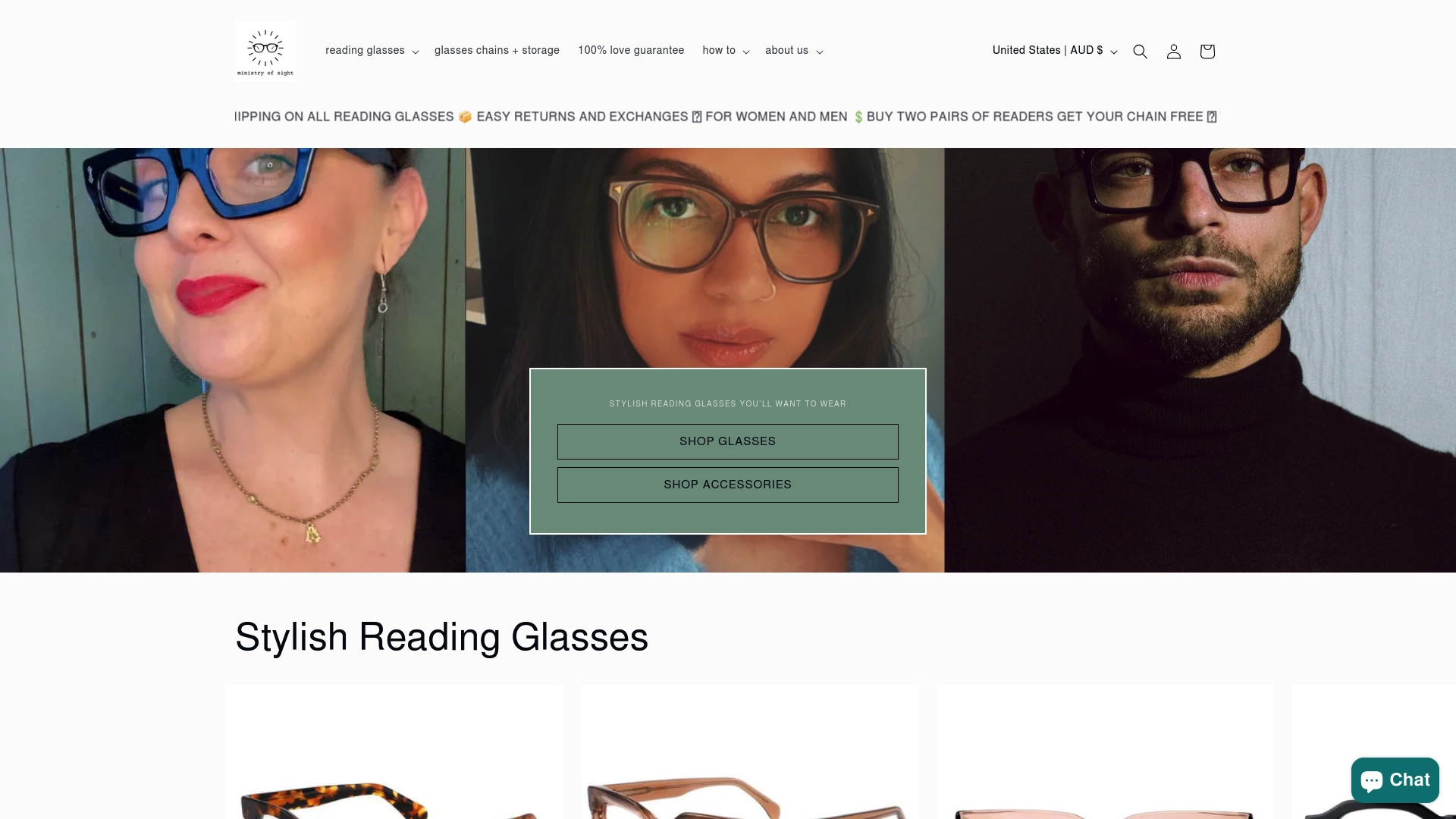
Thousands have already found relief and improved their quality of life by choosing the right reading glasses. Do not let tired eyes hold you back. Visit https://ministryofsight.com.au today to see our full collection and enjoy exclusive offers and free shipping across Australia. Your vision should keep up with your curiosity, so find your ideal pair now and read with comfort again.
Frequently Asked Questions
What are reading glasses and how do they work?
Reading glasses are specialized eyewear designed to help individuals with presbyopia, which affects close-up vision. They use convex lenses to magnify nearby text and objects, allowing for clear focus while reading or performing detailed tasks.
What types of reading glasses are available?
There are several types of reading glasses, including full-frame, half-frame, bifocals, progressive lenses, and computer-specific readers. Each type offers different benefits for various visual needs, like consistent near vision correction or seamless focus transitions.
How do I choose the right magnification strength for reading glasses?
To choose the right magnification strength, consider your typical reading distance and tasks. Most people require a strength ranging from +1.00 to +3.50 diopters. It’s essential to test different strengths to find the one that provides the most comfortable focus for your reading material.
What are the benefits of using reading glasses for presbyopia?
Reading glasses enhance near vision clarity, reduce eye strain and headaches, and improve reading comfort and speed. They also help maintain cognitive engagement and emotional well-being, allowing individuals to enjoy reading and detailed tasks without discomfort.
